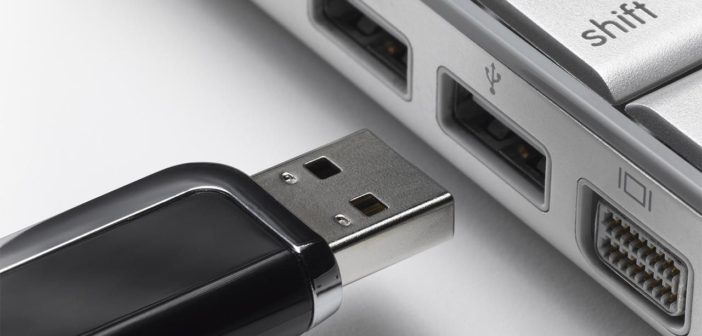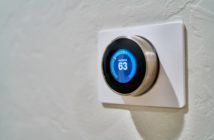USB technology has come a long way in the last 3 years. From faster data transfer speeds to multi-use cables, the newest USB-C cables offer a number of exciting advancements over the standard USB cable that most of us are used to. But first, to understand the advancements that have been made in the last 3 years, it’s important to understand a little bit of the history of the USB cable.
The three ways USB technology has improved are:
- Higher data transfer speeds
- Single connector for use on all of your devices
- Cross compatibility between Mac and PC fans (Including Android, Windows and Google devices)
History of the USB
USB Standard
The first USB cables were created with the flat, rectangular connector that we still use today for everything from charging to plugging in peripherals. Generally known as “USB standard” cables, they are actually USB-A cables. While the basic shape of the connector has not changed, the speed at which data is transferred has changed drastically. Original USB cables were capable of data transfer speeds of up to 1.5 Mbit/s, while the second most recent USB 3.1 cables (released in 2013) are capable of data transfer speeds of up to 10 Gbit/s. Notice the earlier connectors were transferring Megabytes per second while more recent connectors are transferring Gigabytes of data per second. Since January 1996, when USB cables were first released, there have actually been 4 upgrades to the technology that most people are unaware of, since the shape of the connector remained the same.
USB-B
Many people are unaware that the cables you use to charge your cell phone, connect an external hard drive to a laptop or connect your printer to your computer are also USB cables. While each of these tasks require a different connector, they are all USB-B cables. They are referred to, however, by a number of different names, including mini-USB or Micro-USB, but can also get confusing because there are a number of different connector configurations that are all referred to as being USB-B cables. If you were to walk into a tech store and simply ask for a USB-B cable, it may not end up fitting the device you need it to. You didn’t purchase the wrong thing, you simply got a USB-B cable with the wrong type of connector.
Today’s USB
The newest technology – which was technically first introduced in August of 2014, is the USB-C cable. One of the most user-friendly features of the USB-C cable that makes it revolutionary is that it offers a single 24-pin connector that is reversible.
Standard USB connectors have to be inserted a certain way and if they are not inserted properly they won’t connect. We’ve all had the experience of standing around trying to figure out which way our USB cable is supposed to connect. USB C cables, however, are uniform on both sides and can be inserted either way, according to Newnex. But that’s just the tip of the iceberg when it comes to revolutionary features.
Imagine being able to use a single kind of cable for charging your cell phone, connecting a printer to a computer, charging your laptop computer and connecting an external hard drive to a computer. In fact, with data transfer rates of 10Gbs/sec it is not unforeseeable that new USB-C cables could actually take the place of HDMI cables, which means that you would literally need one type of cable for all of your devices. This could theoretically include your TV, gaming system, Blu-ray device and a streaming device like Roku or Apple TV.
No more drawer full of cables all of your devices from your cell phone to your TV will use a single type of cable.
Mac Lovers Rejoice
This is particularly good news for Mac users. In the past, USB technology has not been fast enough for the higher data demands of many Mac users. While Apple computers have offered standard USB ports, many of the peripherals used Intel’s proprietary Thunderbolt port – which, you guessed it -needs a different kind of cable. With the release of the latest MacBook Pro in late 2016, Apple introduces a new Thunderbolt port that is cross-compatible with USB-C cables, which means for the first time in many years, Apple, Android and PC fans can all use the same cables.




